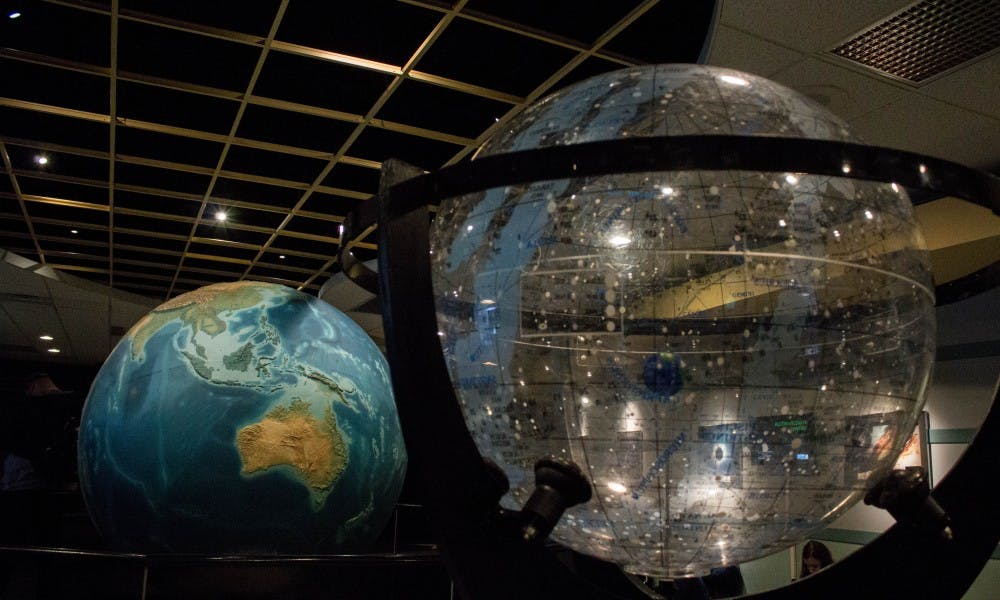If you’ve ever wondered where that rock that dented your car came from last week, your answers could all be answered at the MSU Abrams Planetarium where they will be able to show and tell you all about it.
The Abrams Planetarium has recently received nearly $100,000 in grants from the Institute of Museum and Library Services for a new interactive lobby display focused on meteorites, sometimes known as flying rocks.
MSU’s planetarium is known as the astronomy and space science education resource center for central Michigan and out of the 10 classified meteorites in Michigan, they hold eight.
“One of the best collections of Michigan meteorites anywhere and I mean anywhere," Volunteer Meteorite Collections Coordinator Craig Whitford said.
Whitford said half of their meteorites have been in storage for 20 years and the public has yet to see them, but with this new grant they plan to put them back on display.
The 70-segment exhibit will be more interactive this time around compared to their last and include lunar and martian meteorites that can be touched, with other displays that can be seen as 3D or touch screen.
“We’re trying to make it accessible to different kinds of learners and accessible to people who may have disabilities as well," Abrams Planetarium Director Shannon Schmoll said.
Whitford said one new feature he sketched into the displays will contain drawers that can be opened to tell a story about the meteorites.
“There are lots of stories to tell because sometimes they crash through people’s houses, sometimes they crash into the back end of their car,” Whitford said.
Whitford said half of those meteorites that are inside the planetarium have been found in farmer’s fields and brought to Abrams to be classified.
“I’m always interested in what people find because you never know. Somebody might come up with the 11th meteorite,” he said.
Whitford said the meteorites are a very popular topic in the planetarium already and they receive calls on a regular basis from people who’ve seen odd stones in their neighborhood.
Schmoll said this will be the centerpiece of their exhibit because they want people to realize that there is a personal connection with space, through these objects that have reached earth’s surface.
“We have one of the most complete collections in Michigan meteorites,” she said.
Whitford thinks their new design will teach people how to recognize meteorites as well as know their characteristics.
“These are precious gems that can’t be replicated, you just can’t go out and buy one,” Whitford said. “The meteorites help us learn the story of the solar system because these rocks are four and a half billion years old.”
There will be a soft launch of the exhibit in July 2019, just in time for the 50th anniversary of Apollo 11 landing on the moon, which will be followed by the full opening in September or October of 2019.
Schmoll said this will be their biggest interactive display and she hopes it will attract more visitors into the planetarium to enrich experiences for field trips or public shows.
“The idea is to make it this full-fledged learning experience in our lobby,” she said. “We don’t have a whole lot in our lobby … it’s open even when the theater is not open so people can come in and look.”
So far the planetarium has only come up with sketches and a rough idea, so their next step is to finalize designs over the next few months then implement them later in 2018. They are hoping to present pieces of the exhibit bit by bit so visitors can begin interacting and give feedback before the launch.
Support student media!
Please consider donating to The State News and help fund the future of journalism.
“It will be tremendous, absolutely tremendous,” Whitford said.
Discussion
Share and discuss “MSU Abrams Planetarium receives $100,000 for meteorite displays after 20 years” on social media.







